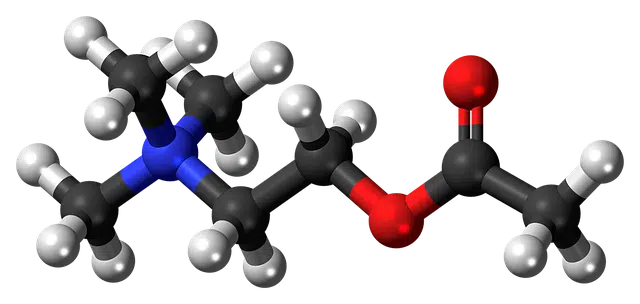
A cation is an ion that has a positive charge.
The Greek word kation came into English as cation , which resulted in cation in our language . The term is used with reference to an ion that has a positive charge .
To understand precisely what a cation is, therefore, we must analyze the notions that appear mentioned in its definition. A cation is a type of ion : an atom , or set of atoms, that gains electrical charge through the gain or loss of electrons .
Let us remember that atoms are those particles that cannot be divided through a chemical procedure and that are composed of electrons (elementary particles that have a negative electrical charge) that surround a nucleus .
What is a cation
The ion that has a positive electrical charge by adding or losing electrons, in short, is a cation. When cations establish an ionic bond with anions (ions that have a negative electrical charge), they form a salt . These salts are usually the result of the chemical reaction that is generated between a base (which provides the cation) and an acid (which provides the anion).
The salt used to season foods is an example of the product of this type of reaction involving a cation and an anion. In this case, the base sodium hydroxide provides the cation by reacting with hydrochloric acid , which adds the anion. The result is the product known as sodium chloride: table salt .
It is important to mention that cations are found in the human body through potassium , sodium and other elements that constitute ionized salts.

Table salt is a product obtained from a reaction of a cation with an anion.
An extensive list
Science has documented the existence of a very extensive number of cations, each with its traditional (or ancient ) name, its symbol and its IUPAC name. This last acronym corresponds to the International Union of Pure and Applied Chemistry , whose original name in English is International Union of Pure and Applied Chemistry ; This is a group formed by national societies dedicated to chemistry, with the power to develop standards for naming chemical compounds.
By looking at the list of the most frequent cations, we can make a distinction between simple and polyatomic ones; In the first group are the following (according to the nomenclature recognized by IUPAC): aluminum , barium, beryllium, calcium, chromium III, cobalt II, copper II, gallium, helium, hydrogen, lead, magnesium, lithium , manganese II , nickel II, potassium, silver, sodium, strontium, tin II and zinc.
Some of the most common polyatomic cations, for their part, are ammonium, hydronium, nitronium and mercury I; The only one of these that has a traditional name different from that provided by the IUPAC is the last one, which is known as the mercurous cation .
It is important to note that nomenclature is one of the fundamental points of science, since it allows the names of the various discoveries to be standardized to facilitate their study and dissemination internationally, as well as over time. In the case of cations, the IUPAC recommended in 2005 that all those that, according to their old or traditional nomenclature, had the ending "-ico" or "-oso" should stop being used, with the sole exception of oxoacids.
Importance of cations in biology
In biology , cations have various roles of great importance; For example, the transport of various organic molecules into cells is carried out through cell membranes whose electrochemical potentials are maintained by the concentration gradients of various cations.
On the other hand, they promote the transmission of nervous impulses and muscle contraction, and participate in catalytic functions since they are found in the active centers of many enzymes.
